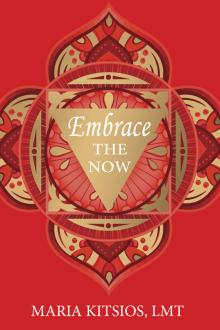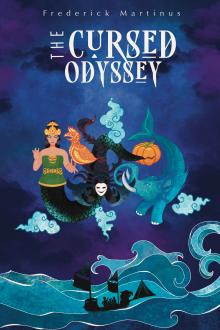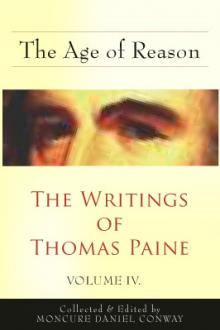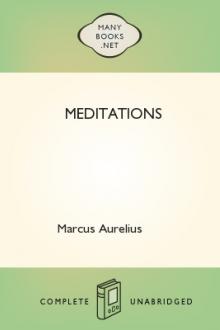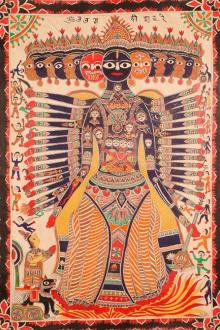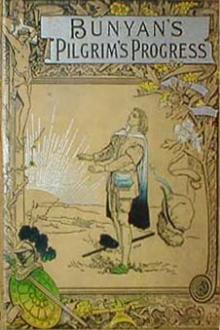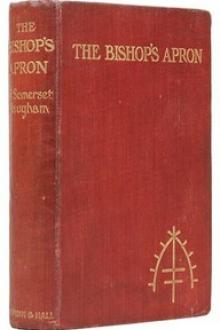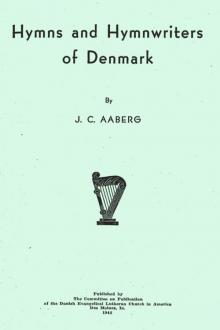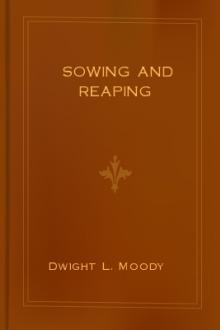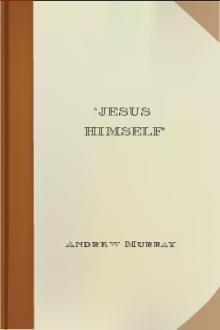The Principal Teachings of the True Sect of Pure Land
The Principal Teachings of the True Sect of Pure Land
The doctrine of Amida represents the practical phase of Buddhism, and in the True Sect of Pure Land we see the deep meaning of salvation by faith most revealed; and it is in this that the essence of Buddhism as religion, apart from its philosophical and ethical aspects, consists.
Book Excerpt
is, he kept on reciting the name of Amida. On the following day, according to the example shown by the Great Muni of the Shakyas at the time of his Nirvana, he had his head turned towards the North, facing the West, and lying on his right-hand side, in a room at the Zembo-in; at noon his reciting came quietly to an end, showing that he finally returned to the Land of Light, when it is said that an odor of indescribably sweet fragrance filled the room and a flash of white light was seen across the Western sky, as if unfolding a long piece of immaculate linen.
His remains were cremated on the twenty-ninth at the Yennin-ji, south of Toribeno, and his ashes were buried at Otani, Higashiyama, over which now stands tombstones.
The Shonin was apparently a manifestation of Amida-Butsu, he was indeed a saving light who came among us some seven hundred years ago to dispel the darkness of this world. His life of ninety years on earth was an imprint eternally engraved on the hearts of sinners not yet freed
FREE EBOOKS AND DEALS
(view all)Popular books in Religion
Readers reviews
4.0
LoginSign up
Pure Land or Amida Buddhism is the most popular school of Buddhism. A subset of Mahayana Buddhism, it enjoys more adherents than all other schools, such as Theravada (Hinayana) Buddhism and Vajrayana Buddhism or the other schools of Mahayana such as Tian Dai (Tendai) Buddhism or Zen Buddhism to which Pure land is closely related.
Written in 1912, this book gives a quick summary of the religions principle beliefs from the perspective of a true believer and is a valuable book for those who study comparative religions.
Written in 1912, this book gives a quick summary of the religions principle beliefs from the perspective of a true believer and is a valuable book for those who study comparative religions.
- Upvote (0)
- Downvote (0)
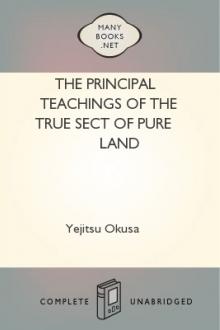
 Free Download
Free Download





